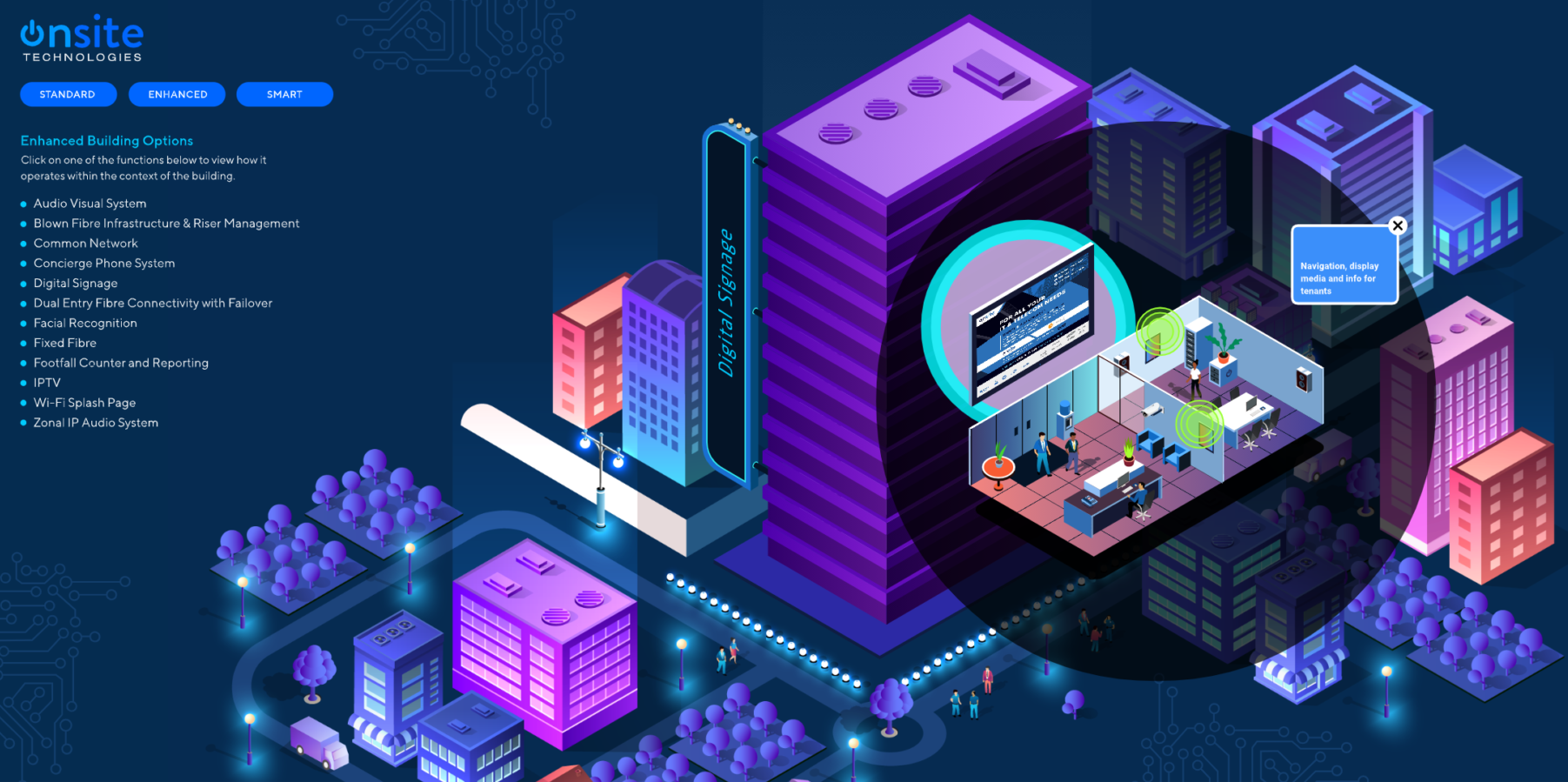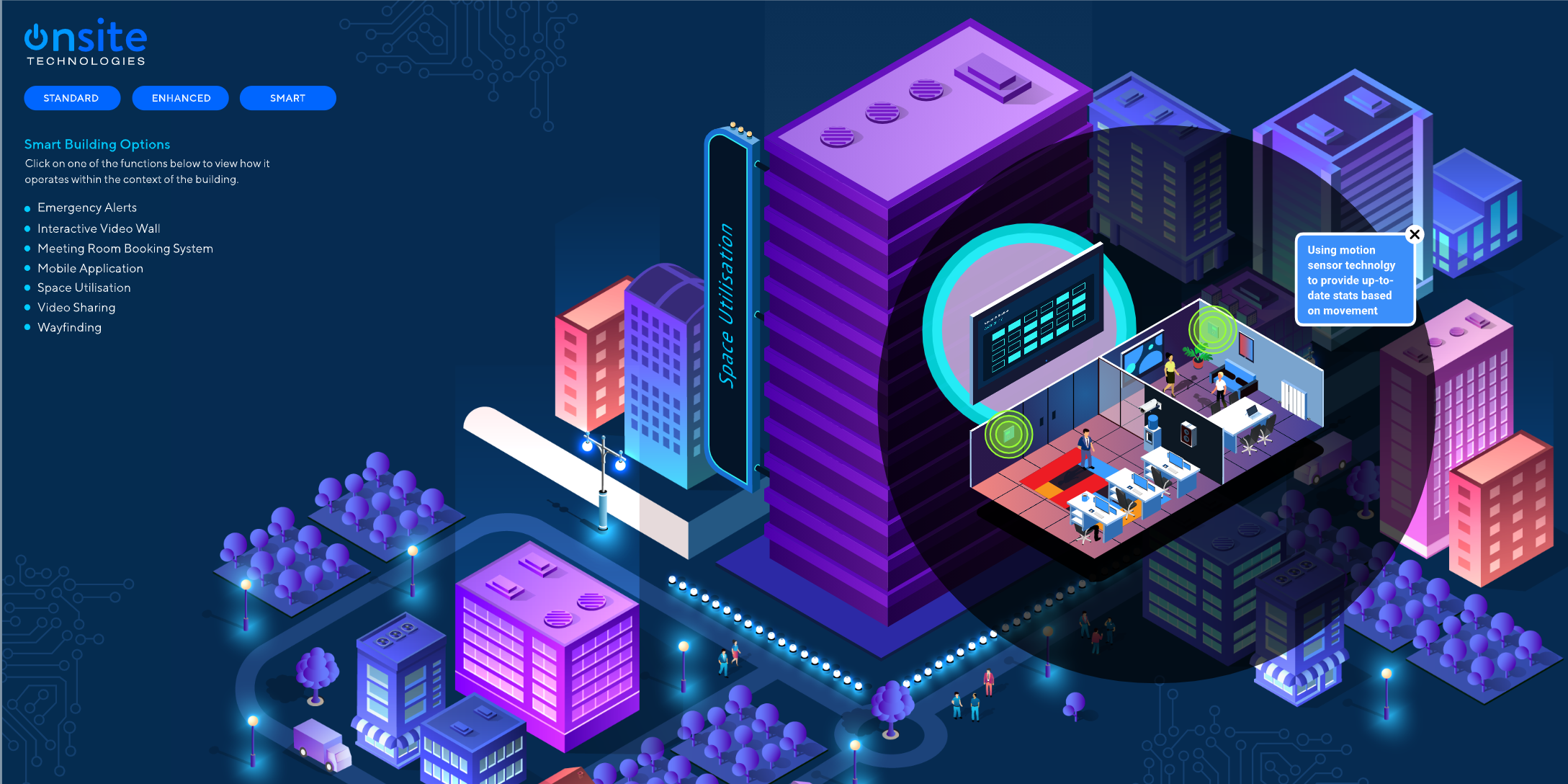The growing prevalence of Internet of Things (IoT) based apps and devices, as well as sensors and security cameras, have launched the time of big data-based everything. Many of the devices we use today have become smart – ranging from our phone to the TV and even the fridge. Of course, it doesn’t stop there and the trend is shifting more and more towards a larger intelligent tool: the smart building.

Essentially, smart buildings consist of an integrated infrastructure with automated processes to control and operate different components and features of a building, such as lighting, security, Internet access or heating. Smart buildings usually use sensors to collect data which can then be analysed and automatically managed. Hence, the term smart.
The smart infrastructure allows the building’s owners and operators to enhance its performance, which has the effect of an improved environmentally-friendly influence, as well as the optimal use of space within a building, for instance. However, smart buildings are not only energy-efficient, but they also improve the level of security.
Apart from your typical office building, smart building infrastructures can now be found in a variety of sectors, such as health care and education facilities or stadiums. This diversity of buildings that function quite differently shows that there is no universal set of standards that defines what a smart building ought to be. Rather the central component of all smart buildings is simply integration – integration of data-driven automated IoT technology that create a versatile ecosystem of software and hardware.
Depending on how the data is used, however, it could critically invade the privacy of people who live or work in a smart building. But this is a whole new story and as yet, smart buildings are in constant development and not that widely available or in use.
So far, the pros seem to outweigh the cons and transforming or building a smart building proves beneficial in many ways. Smart building approaches include the reduction of energy costs, improve productivity (in office environments for example) and building operations, security efforts and, of course, enhance sustainability efforts.
Onsite, one of HUB’s clients, is a company that offers services that include integrating smart building infrastructures for offices. HUB has enhanced their representation in doing so, by developing an interactive web application: the Smart Building Toolkit. This digital toolkit allows clients to select and view various features that they might be interested in, specifically visualised.

What if smart buildings would start to communicate with one another? Could smart buildings eventually lead to smart cities? Given that buildings are responsible for up to 40% of global carbon dioxide emissions, a smart city could lead to a reduction of those numbers, while improving the efficient use of energy and considerably reducing its carbon footprint. Although this concept still seems rather futuristic, collective interdisciplinary approaches might not be too far off in realising this – and thus working towards a more environmentally conscious society.